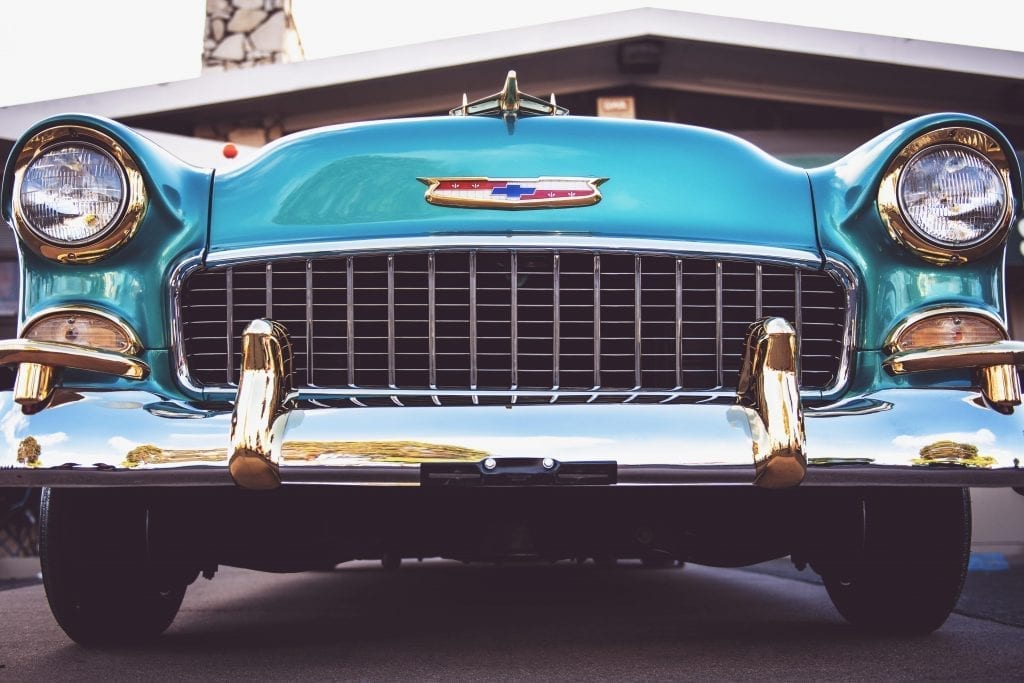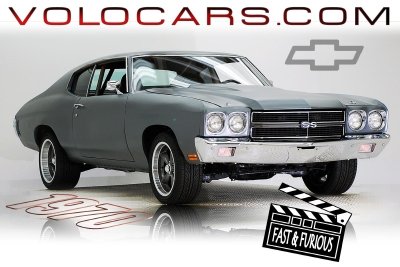
It's difficult to choose one of the many types of police cars that were available in the 1990s. This article focuses on the Ford Crown Victoria Police Interceptor, Dodge Diplomat, Plymouth Gran Fury, and Camaro. Each one is distinctive and has its unique characteristics which make it an exceptional police car. Camaro is the exception to all.
Ford Crown Victoria Police Interceptor
Ford Crown Victoria Police Interceptor was an average-sized police car built on a body on-frame platform. It was a popular choice with fleet buyers, law enforcement officers, and taxi companies. The vehicle's body-on frame construction made repairs quick and simple. But, the vehicle does have its limitations. We will be looking at some of these in this article. This vehicle might not be right for you.
To prevent any stabbing from suspects in its rear seat, the police car was constructed with a stab resistant steel plate in the backseat. To increase safety, the police vehicle's bench seat has a crack. It features a column-mounted shifting mechanism for easy operation. It is standard with an All-Wheel Drive powertrain. This vehicle features larger brake discs, advanced ABS and cooling systems.

Dodge Diplomat
The 1988-1990 Dodge Diplomat was a reliable, sleek machine that made it an ideal choice for fleet usage. It was powered by a 318ci V8 engine, which had roller valve lifters and was rated at 140 horsepower. Although the Lean Burn ignition technology was still being used in 1988, it had finally gotten its grooves. The car was featured in many movies and television shows of the 1980s.
The Diplomat was Dodge's only intermediate model. It was the second-best-selling vehicle in 1977. The Diplomat had a padded knee-blocker in front of its driver. It topped off with a black vinyl top. The Diplomat was popular among police vehicles due to its reliability, affordability, and portability. It didn't last very long, and in 1990 the Dodge Dynasty replaced it.
Plymouth Gran Fury
The 1989 Plymouth Gran Fury Police Car, one of the few remaining full-size R/body police cars by Mopar. It is powered by a 318 ci V8 and has an automatic TorqueFlite transmission. It has 67,000 miles and was modified with a police package. Original intention was to make the burgundy color scheme for a New Jersey museum. Gran Fury 1990 is a police vehicle with a limited production run.
Gran Fury is unique in that it features a hardtop, pillared design. The car was originally a pillared coupe when it debuted in 1970. It was later updated with a twodoor hardtop body in 1971. The following year, a hardtop sedan was added to the lineup, and was renamed the Fury Gran Sedan. The company was successful with this model, even though police only used a handful of Furys in the 1970s.

Camaro
The Boones Mill, Virginia, police department ordered a 1990 Chevrolet Camaro on the first day of production, when the B4C package was available. The car came with an automatic transmission and a V8 engine of 5.7-liters. The car has 73,000 miles on its drivetrain. It also comes with the B4C package which includes 16-inch aluminum wheels, an engine cooler, and disc brakes at all four corners. The seller wants to sell it at $20,000, which would make it an attractive purchase.
Although the GM Camaro had been a success, it was not a reliable police vehicle. The Chevrolet B4C was a superior vehicle for police officers. It came with a Corvette-inspired, 5.7-liter V8 engine and was capable of reaching speeds of up 150 mph. This car was a favourite among state troopers. It also had more horsepower than its predecessor, and was also faster.
FAQ
What's the difference between a mechanic and an automotive technician?
They are both similar, but not identical. Both a mechanic and an automotive technician can repair cars.
A mechanic must possess good manual dexterity, and be able perform simple tasks efficiently. A mechanic must be able diagnose and fix problems quickly and accurately.
An automotive technician must be more technically proficient than a mechanic. They need to be able use tools such drills and wrenches, and read blueprints.
They must also be able perform complex procedures safely. They should also be familiarized with the different types of engines as well as electrical systems.
They must also be capable of understanding how parts interact.
As a result, mechanics typically make less than technicians. There are many job opportunities in both.
Is it hard to be a mechanic apprentice?
It's not simple, but you can learn quickly and there are many avenues for advancement.
You must be patient and persistent. Also, you must know how to fix trucks, cars, and motorcycles.
Customers and family members can put a lot pressure on you. They want you to succeed. You shouldn't feel pressured to make decisions that you don't like.
If you like fixing cars, this could be a great career option. It is a job you can get a decent salary for and help build your business.
You might choose to take a different route. If this is the case, you might want to become a technician.
This means that you can use your technical knowledge to help other workers. This could be a way to help technicians with their problems or to teach them new techniques.
Another option is to become an advisor in service. This is where you can offer advice and assistance to customers who bring their vehicles to a garage.
Your decision depends on what you want to do. There are many options to choose from, and it is up to you which one suits you the best.
What qualifications do I need to be a truck mechanic?
Although you don’t have formal qualifications, you have extensive experience with engines and trucks. Your experience is invaluable as you know how to diagnose problems quickly and efficiently.
Your knowledge of diesel technology will allow you to identify the parts that are required to fix our vehicles.
Statistics
- The U.S. Bureau of Labor Statistics (BLS) reports that the job outlook for automotive service technicians and mechanics is expected to decline by 4% from 2019 to 2029. (indeed.com)
- According to the BLS, the median annual salary for automotive service technicians and mechanics in the United States was $44,050 in May 2020. (uti.edu)
- There were 749,900 jobs available for automotive service technicians and mechanics in 2016, which is expected to grow by six percent through 2026. (jobhero.com)
External Links
How To
How to get certified as a mechanic
For those who are interested in becoming certified automotive technicians, the mechanic's certifications will help. They provide an overview of all areas of auto repair, including engine diagnostics, electrical systems, brakes, suspension, steering, fuel injection, air conditioning, heating, exhaust, transmission, diagnostic tools, body repairs, collision damage repair, collision repair, paintless dent removal, motor vehicle emissions testing, and much more.
The program comprises 12 hours of classroom instruction, and three months on-the job training at a participating dealership. Students must complete at least 60 hours of classroom work per semester. They also need to pass a written test that covers theory and practical questions. After completing the coursework students are eligible to take the National Institute for Automotive Service Excellence state examination (ASE). ASE certification is required for employment as an automotive service technician.